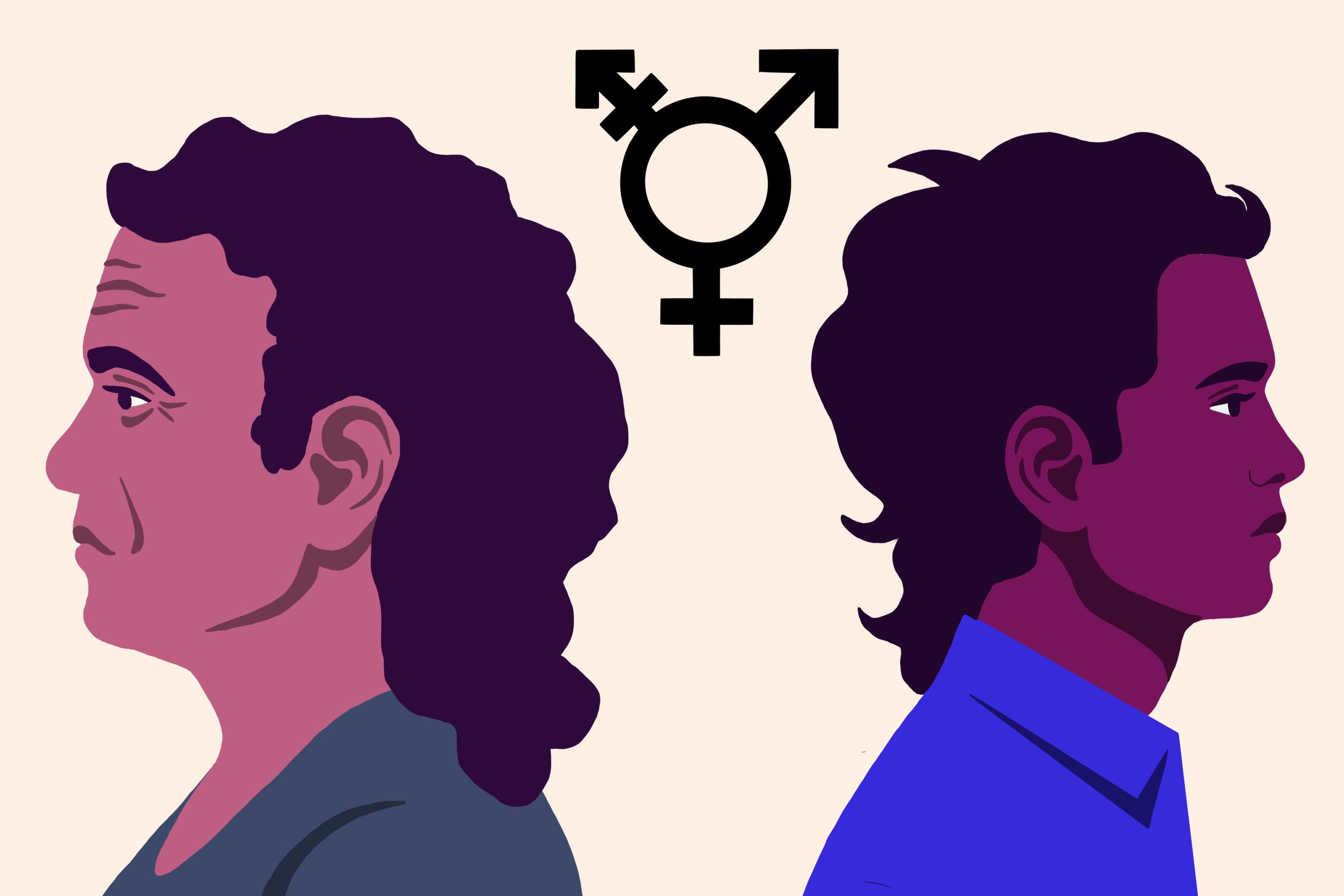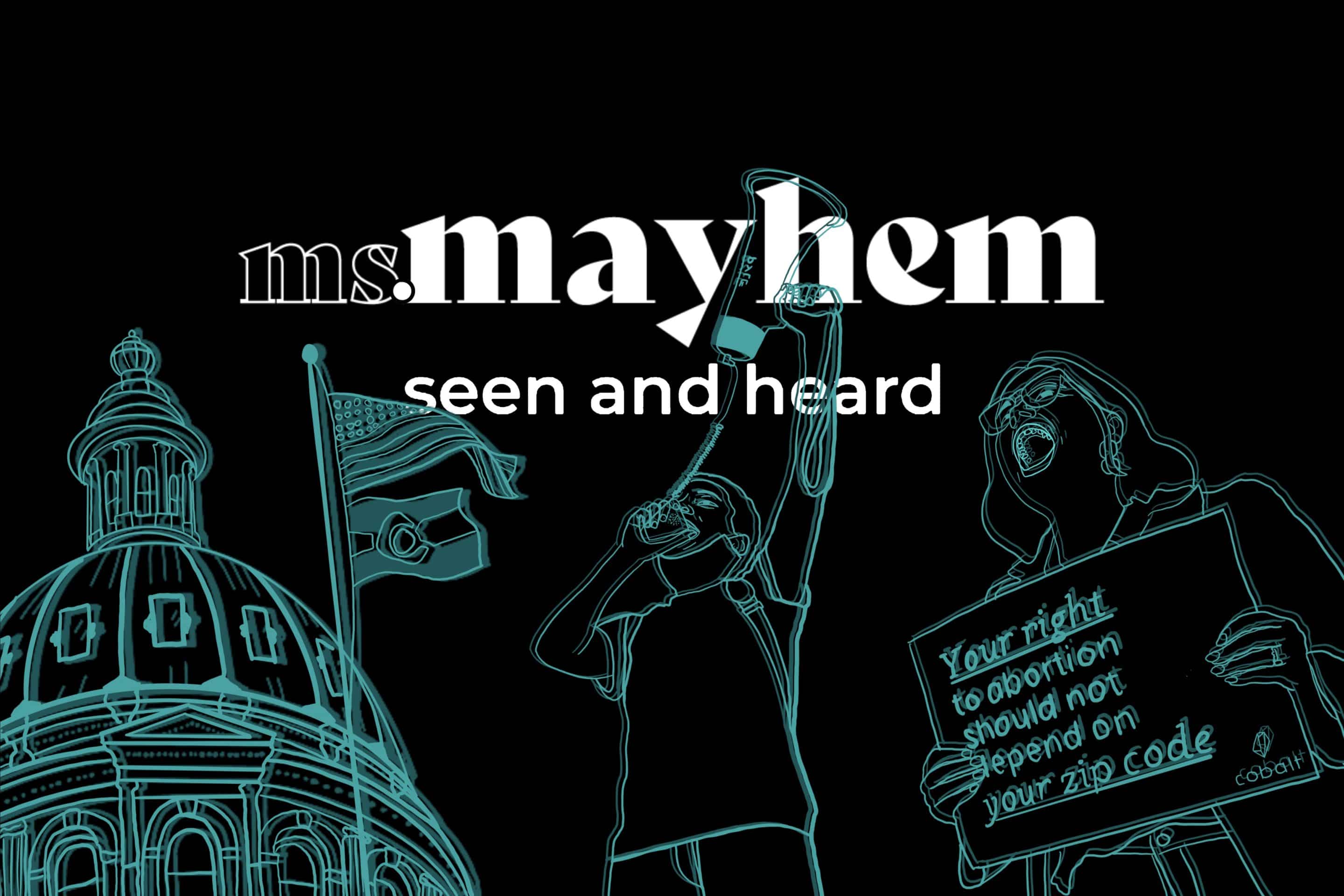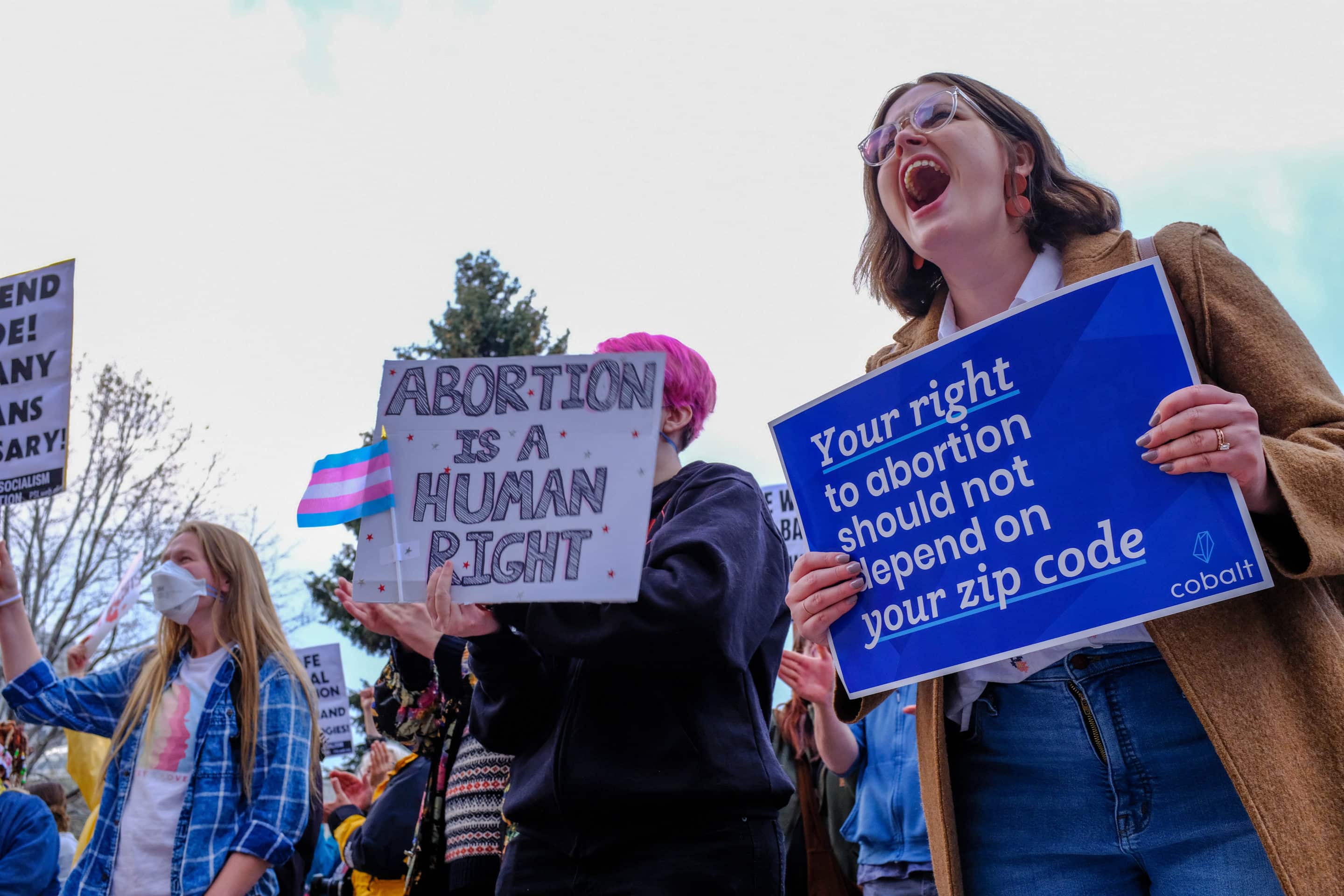//Some elder transgender people have held onto the rigid system of the gender binary that they endured decades ago, which has caused some contention within the community. Graphic by Madison Lauterbach | [email protected]
As conversations surrounding transgender people and their experiences pulse through discourse, the community is more visible now than ever before, opening doors for any and all gender expression.
A recent report, “We Are Here: Understanding the Size of the LGBTQ+ Community” from the Human Rights Campaign referencing the U.S. Census Bureau’s last Household Pulse Survey—which, for the first time, included questioning about sexual orientation and gender identity—suggests more than 2 million, or more than 1%, of American adults could identify as transgender, higher than previous estimates of 1.4 million.
Trans folks are abundantly breaking free from the cisgender heteronormative shackles binding the community for decades. While many binary trans folks still want to “pass” as cisgender (and it should be noted this is often a safety issue, especially for transfeminine people), more folks are happy to live as visibly trans, recognizing there is not a “right” or “wrong” way to be a trans person and deconstructing these arbitrary, rigid, often Westernized and white-washed ideas rooted in the binary.
A common misconception is that the term “transgender” is rooted in transitioning, the process of undergoing gender-affirming care, like hormone replacement therapy, also referred to as HRT, and gender-affirming surgical procedures, to alleviate gender dysphoria. The prefix “trans” is defined as “across or beyond,” and revisiting that root meaning is a more expansive and inclusive way to recognize the varied experiences of trans folks, moving beyond or transcending gender.
Though, the basis of transness rooted in medical transition is lengthy and stretches back through the 20th century.
The first American to undergo gender-reassignment surgery was Christine Jorgensen, whose willingness to publicly tell her story helped to bring a face to trans people left unseen until then. In the 1950s, the U.S. healthcare system lacked quality transgender healthcare, causing Jorgensen to travel to Denmark to get the care she needed.
After her successful transition, many trans Americans wrote to her doctor, Christian Hamburger, for treatment. He referred them to American endocrinologist Henry Benjamin, who studied transgender issues around the same time. His 1966 book “The Transsexual Phenomenon” is credited as an early foundation for the modern American trans healthcare system, asserting that those who feel their sex differs from their gender deserve treatment in the form of HRT and gender-reassignment surgeries, rather than psychotherapy.
More than a decade later, the Henry Benjamin International Gender Dysphoria Association, now known as the World Professional Association for Transgender Health, or WPATH, created the first version of the “Standards of Care for the Health of Transsexual, Transgender, and Gender Nonconforming People,” in 1980 adding the diagnosis of “gender identity disorder” (replaced with “gender dysphoria” in 2013) as a crucial catalyst for these patients to receive the care they need.
While in today’s terms the phrasing used is jarring, up until that point, trans Americans were unable to seek the gender-affirming care they needed; dysphoria was the key for trans folks to obtain care that, for so long, was unattainable and often crucial for survival.
It’s important to note the different kinds of dysphoria: Gender dysphoria is being a different gender than what you were assigned at birth, whereas body dysphoria in this conversation refers to being uncomfortable with parts of your body because they remind you of the gender you don’t identify with.
Gender is more complex than the binary model, and dysphoria isn’t so cut-and-dry. Some trans folks experience dysphoria over some parts of their body and not others; some trans folks have fleeting dysphoria or no dysphoria at all. While trans people identify with a gender other than the one they were assigned at birth, that’s not to say it’s a requirement for all trans folks to be uncomfortable with their bodies.
Not all gender-affirming procedures are necessarily “top” or “bottom,” solely focused on sexual anatomy. Trans folks might find gender euphoria through facial surgery, hair removal and tracheal cartilage shaving to reduce the appearance of an Adam’s apple. People with uteruses and ovaries might seek the removal of either or both to alleviate dysphoria surrounding menstruation and their assigned gender at birth.
The conversations have shifted, recognizing that gender isn’t inherently attached to anatomy and body parts. Medical standards have changed to reflect this—WPATH standards don’t require, for example, a person to be on HRT to be eligible for top surgery, though requirements vary for insurance coverage, and not all countries operate based on WPATH standards.
The shift had been rapid and ever-changing, sometimes leading to a certain contention within the trans community, like the notion that a person who doesn’t experience dysphoria but still identifies their gender as different than the one assigned at birth is “not really trans.” This belief often invalidates nonbinary folks and binary trans people who may not medically transition to address their gender expression. Some trans folks hold these beliefs because of the trauma and turmoil they had to endure in days past, with many depending on surgery, adhering strictly to the binary and their perceived proximity to cisgender identity as a means of survival.
Trans elder and TikTok creator Mardi Pieronek, whose transition began in 1977, uses her platform to talk about her experience. She touched on this topic recently with a stitched video from another creator, asking trans folks who have medically transitioned if they would follow the same path given today’s diverse, gender-expansive trans community.
Pieronek recounted the early days, saying she couldn’t even disclose her interest in women as a trans woman without her access to medical care being threatened, as if her sexual orientation dictated her gender. Today, it is well known these are two very separate pieces of one’s identity.
“I feel like I’ve had Stockholm syndrome because I was forced to act a certain way to get through that gatekeeping, decades and decades ago,” Pieronek said, adding that it wasn’t until she saw more trans folks on social media that she realized how much she was suppressing.
“If I was an 18-year-old today, I definitely would have explored more. I would not have had all of those surgeries right away,” she said, as text appears over the video reading, “In a world today that [is] safe enough to reflect on this … a true gift in understanding the oppression that was done to us older trans persons.”
Though being openly trans is still dangerous, with legislators consistently targeting trans Americans, the community isn’t going anywhere. The future offers a new era of open gender exploration and expression, without adhering to that rigid system our trans elders endured to give trans folks today that very freedom.
Enjoyed this story? Help us keep the lights on! Supporting local press ensures the stories you want to read keep coming, become a member for free today! Click here.





0 Comments